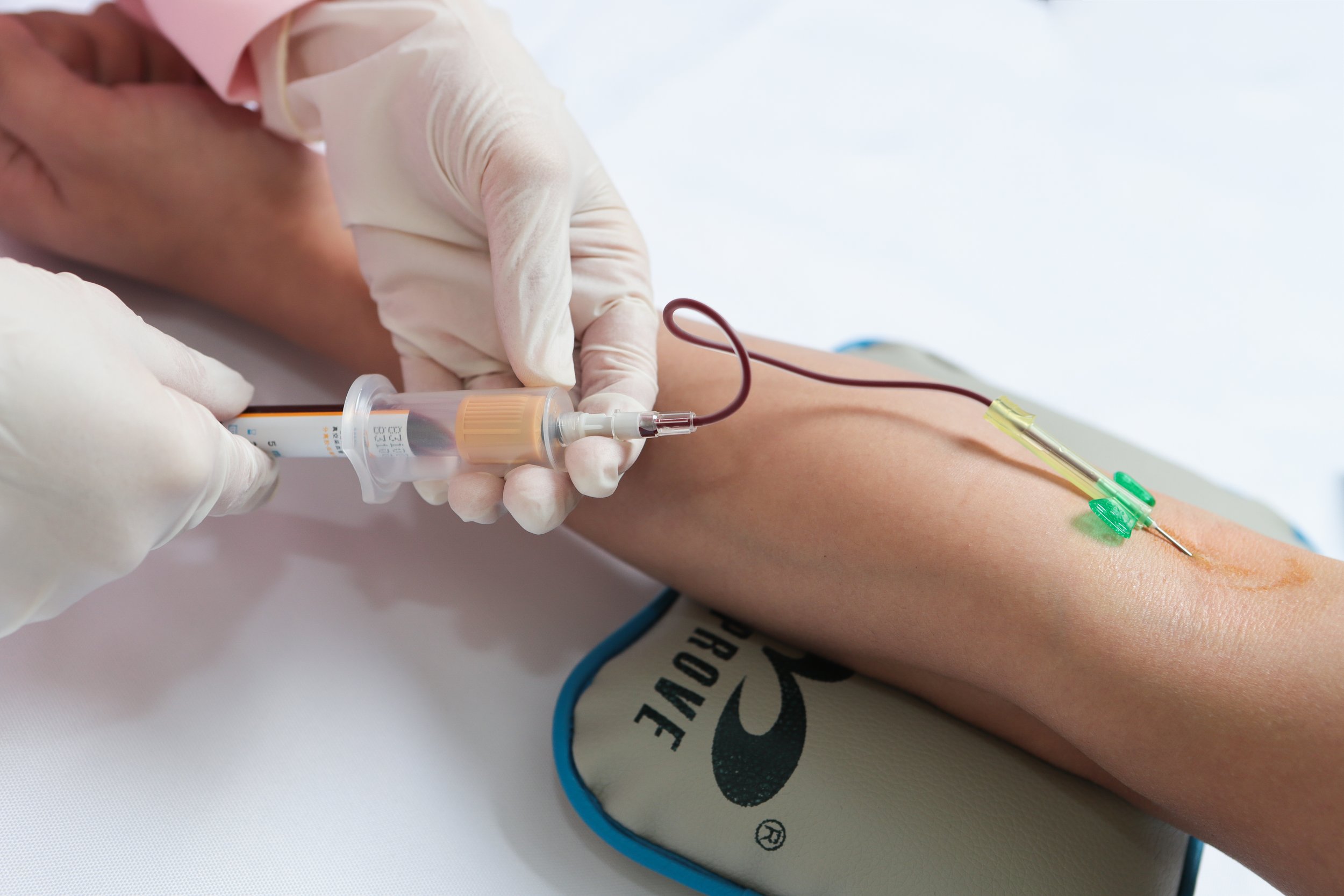Best Practices for Accurate Specimen Collection in Medical Laboratories: Training, Procedures, and Quality Control
Summary
- Proper training and education are essential for phlebotomists to ensure accurate specimen collection.
- Following standardized procedures and protocols is crucial in the medical laboratory setting.
- Quality Control measures and regular audits help maintain accuracy in specimen collection.
Introduction
Accurate specimen collection is crucial in the medical laboratory setting as it directly impacts patient care and treatment decisions. Phlebotomists play a key role in this process, as they are responsible for collecting blood and other samples from patients for testing. In this article, we will discuss the best practices for ensuring accurate specimen collection in a medical laboratory setting in the United States.
Proper Training and Education
One of the most important factors in ensuring accurate specimen collection is proper training and education for phlebotomists. Phlebotomy training programs provide students with the knowledge and skills needed to perform Venipuncture and other specimen collection techniques correctly. It is essential for phlebotomists to understand anatomy, patient safety, infection control, and proper specimen handling procedures to minimize errors.
Key Points:
- Phlebotomy training programs provide students with the knowledge and skills needed for accurate specimen collection.
- Continuing Education and professional development opportunities help phlebotomists stay updated on best practices and new techniques.
- Certification from organizations like the American Society for Clinical Pathology (ASCP) or the National Phlebotomy Association (NPA) can demonstrate competency and adherence to industry standards.
Standardized Procedures and Protocols
Following standardized procedures and protocols is crucial in the medical laboratory setting to ensure consistency and accuracy in specimen collection. Phlebotomists should adhere to established guidelines for Venipuncture, specimen labeling, and transport to minimize errors and contamination. Standardizing processes helps reduce variability and improve overall quality in specimen collection.
Key Points:
- Using standardized tubes, needles, and labels helps ensure accurate specimen identification and tracking.
- Following a strict chain of custody, from specimen collection to analysis, helps maintain integrity and prevent mix-ups or errors.
- Regular audits and inspections can identify areas for improvement and ensure compliance with Regulations and industry standards.
Quality Control Measures
Implementing Quality Control measures is essential for maintaining accuracy and reliability in specimen collection. Quality Control protocols help identify and address issues such as specimen contamination, mislabeling, or mishandling before they impact Test Results. Regular monitoring and evaluation of processes can help reduce errors and improve the overall quality of the laboratory's services.
Key Points:
- Performing regular calibration and maintenance of equipment ensures accurate Test Results and reliable performance.
- Conducting Proficiency Testing and internal audits can help identify areas for improvement and training needs.
- Implementing corrective and preventive actions (CAPA) for Quality Control issues can prevent recurrence and enhance overall quality in specimen collection.
Conclusion
Accurate specimen collection is vital for providing high-quality healthcare services to patients in the United States. By following proper training and education, standardized procedures and protocols, and implementing Quality Control measures, medical laboratories can ensure accuracy and reliability in specimen collection. Phlebotomists play a crucial role in this process and must adhere to industry standards and best practices to maintain quality and patient safety.

Disclaimer: The content provided on this blog is for informational purposes only, reflecting the personal opinions and insights of the author(s) on the topics. The information provided should not be used for diagnosing or treating a health problem or disease, and those seeking personal medical advice should consult with a licensed physician. Always seek the advice of your doctor or other qualified health provider regarding a medical condition. Never disregard professional medical advice or delay in seeking it because of something you have read on this website. If you think you may have a medical emergency, call 911 or go to the nearest emergency room immediately. No physician-patient relationship is created by this web site or its use. No contributors to this web site make any representations, express or implied, with respect to the information provided herein or to its use. While we strive to share accurate and up-to-date information, we cannot guarantee the completeness, reliability, or accuracy of the content. The blog may also include links to external websites and resources for the convenience of our readers. Please note that linking to other sites does not imply endorsement of their content, practices, or services by us. Readers should use their discretion and judgment while exploring any external links and resources mentioned on this blog.
